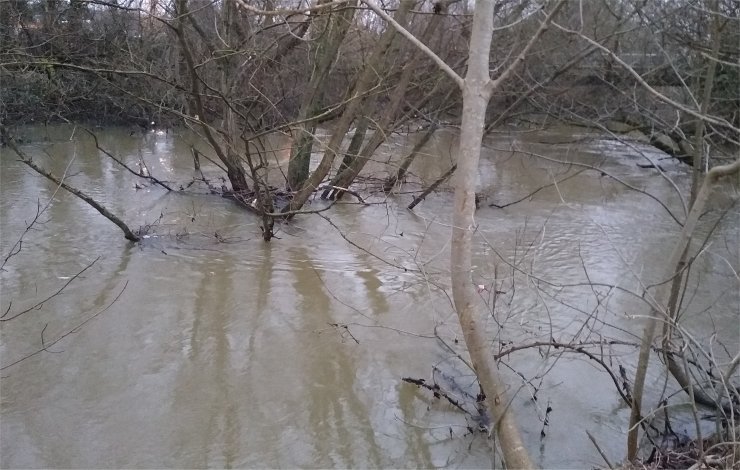The inaugural Hertfordshire Climate Change and Sustainability Partnership (HCCSP) stakeholder event took place on 3 December 2020. Councillor Graham McAndrew, chair of the HCCSP, introduced the speakers. He emphasised the need to take action as a result of the climate crisis.
Declining wildlife in Hertfordshire
Lesley Davies, CEO of the Herts and Middlesex Wildlife Trust, gave the keynote speech. She said that Hertfordshire wildlife is in trouble. 50% of species have declined, 20% are threatened and 80 species have been lost. The climate crisis and biodiversity are linked. For example, last year 50 km of chalk rivers dried out. The green economy can create jobs in all areas. Covid created more desire to be out in open space. She would like to encourage people to make space in their gardens for wildlife. Volunteering outside is good for mental and physical health. In Hertfordshire, the Trust wants to double the wildlife area. But it is necessary to ensure the right habitat is in the right place.
Formation of the HCCSP
Matthew Partridge, CEO of Stevenage Borough Council, set up the formation of the HCCSP, and proposed it to the Hertfordshire Growth Board. The new group will identify and share best practice. It reports into Hertfordshire Leader Group. It will raise awareness of climate action in Hertfordshire and improve biodiversity. It will work with multidisciplinary organisations. The challenge is scaling up. Themes to be covered include water, transport and carbon reduction. Another challenge: how do we assess carbon footprints?
Chalk rivers drying up
Joanna Hewitson, Three Rivers District Council Climate Officer, said that water is critical, and we need to restore chalk rivers.
Decarbonising transport, the biggest energy user in Hertfordshire
David Thorogood said there will be accelerated decarbonisation. Transport is Hertfordshire’s biggest energy user. Work is being done on Hertfordshire sustainable travel. He would like to promote a modal shift away from using the car. Active travel (walking, cycling) is key. Covid caused a step change by moving to virtual meetings. Transport is mostly about the wider community. He mentioned that one third of the Hertfordshire workforce commute into London, but this changed during Covid. There will be a long-term impact, with perhaps more people living and working locally. London was hollowing out the Hertfordshire economy by commuters.
Pressure from community to act on energy efficiency and climate change
Dr Sarika Jain of Hertsmere Borough Council was asked: “Will they address home energy efficiency?”. She said a number of us have bid for energy grants as a consortium. They can’t act fast enough on climate issues. There is strong pressure from the community to act.
Hertfordshire Local Enterprise Partnership
The HCCSP mentioned there are roles for the Hertfordshire Local Enterprise Partnership (LEP) to support local businesses. The LEP Recovery Plan includes some climate related initiatives, such as sustainable construction, environmental technologies and low carbon clean growth.
Hertfordshire Innovation Quarter
Between Hemel Hempstead and St Albans there is a cluster of innovative companies. To encourage further innovation, there is the new Hertfordshire Innovation Quarter, including companies such as Rothamsted Research, BRE, Ocado and RES (Renewable Energy Systems).
The Hertfordshire Climate Change and Sustainability Partnership is likely to be an important enabler of climate action in Hertfordshire. It is also clear that there is a long way to go to meet the 2050 net zero target. Hopefully the Partnership will help everyone in Hertfordshire on this journey.
There are copies of the event presentation and the HCCSP Terms of Reference below.


